
c. 560 BCE
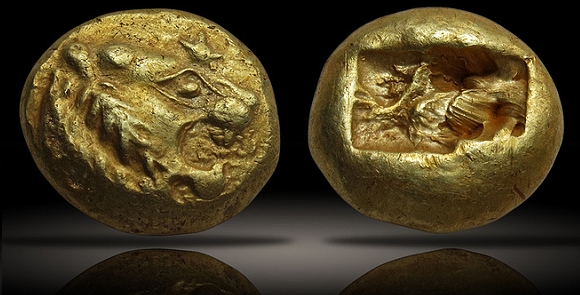
The first gold coin is minted
The first coins made purely from gold were minted in Lydia, a kingdom of Asia Minor. Gold has always been valued since it was first discovered in 40,000 BCE, the minting of this first coin introduced gold to the world in a whole new currency format.
1489 CE
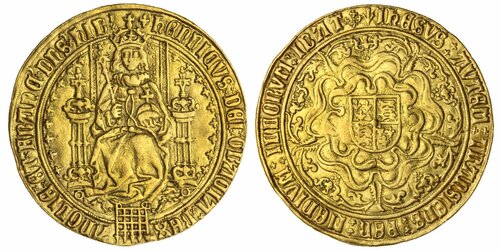
The first sovereign is minted
The first-ever sovereign coin was minted in 1489 during the reign of King Henry VII. It was called the “Double Ryal” or “Double Rose Noble” and was struck in gold.
1817 CE
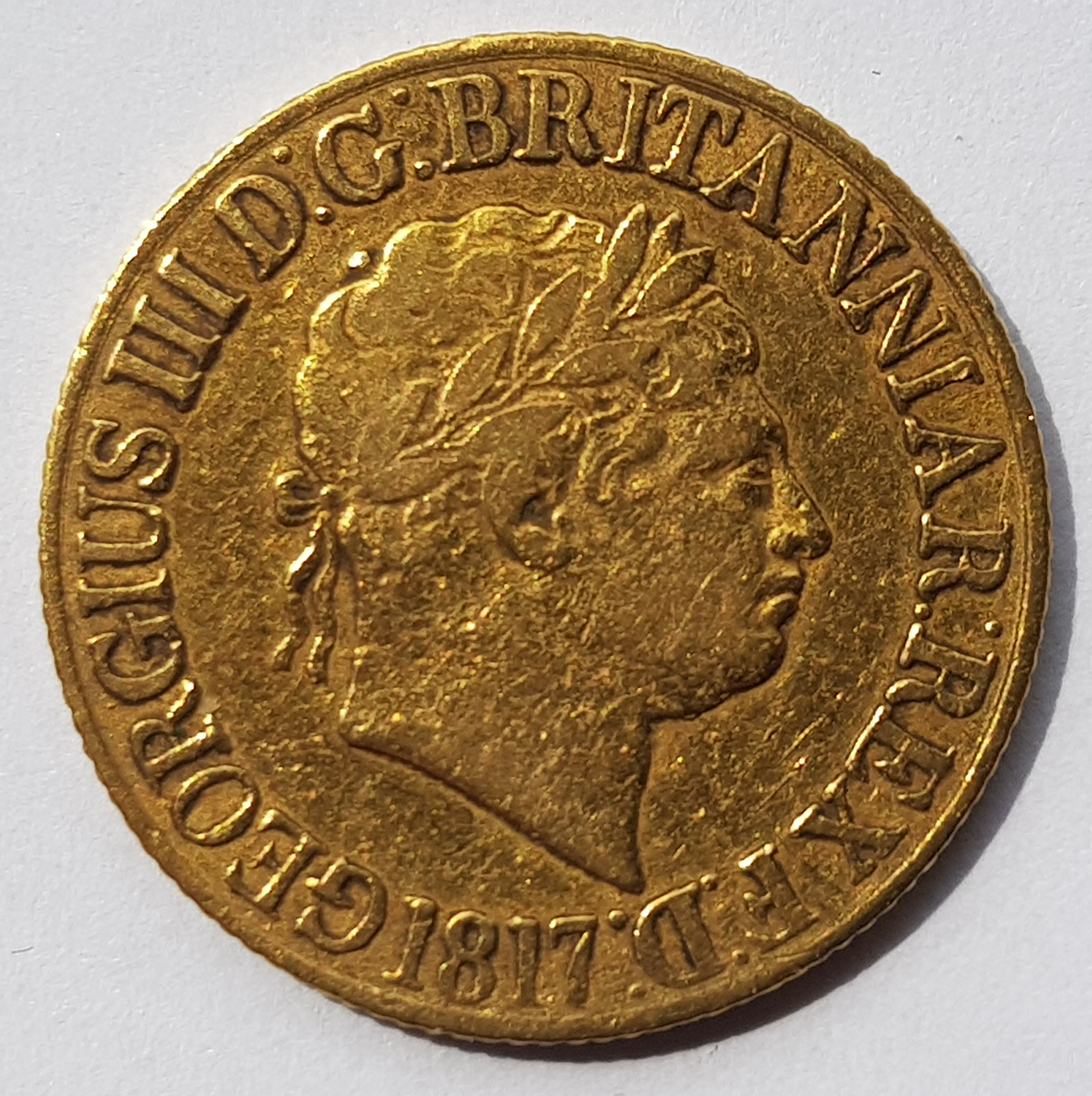
The modern sovereign
The modern sovereign as we know it today was introduced in 1817 during the reign of King George III, following the resumption of gold coinage after a long hiatus due to the Napoleonic Wars.
1871 CE
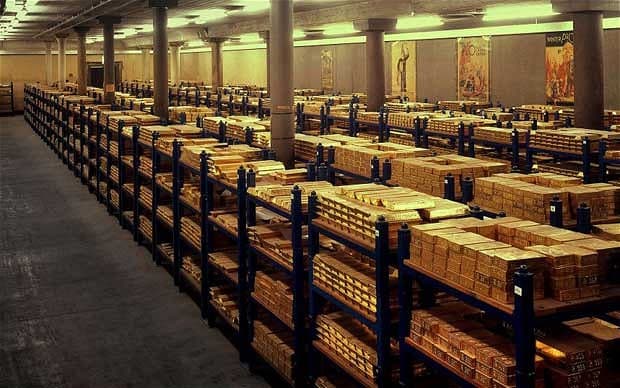
Gold Standard is introduced
The sovereign played a crucial role in establishing and maintaining the gold standard, a monetary system in which the value of currencies was directly linked to gold. It became a benchmark for the value of other currencies worldwide, promoting stability and facilitating international trade.
1914 CE

Sovereign Suspension
During World War I and World War II, the minting of sovereigns was temporarily suspended as resources were redirected for war efforts. These periods of suspension created numismatic rarities and increased the historical significance of sovereigns minted during those times.
Present
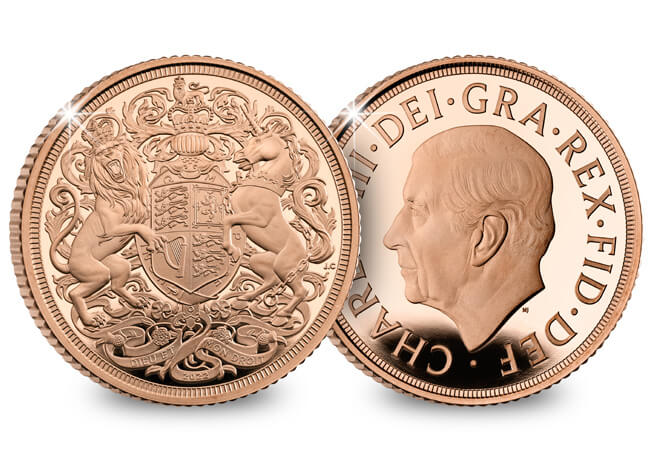
Sovereign in the modern day
Sovereigns continue to be minted today, primarily for collectors and investors. They are highly valued for their historical importance, fine gold content, and enduring design. Modern sovereigns often feature Queen Elizabeth II’s effigy on the obverse and the traditional St. George and the Dragon design on the reverse.